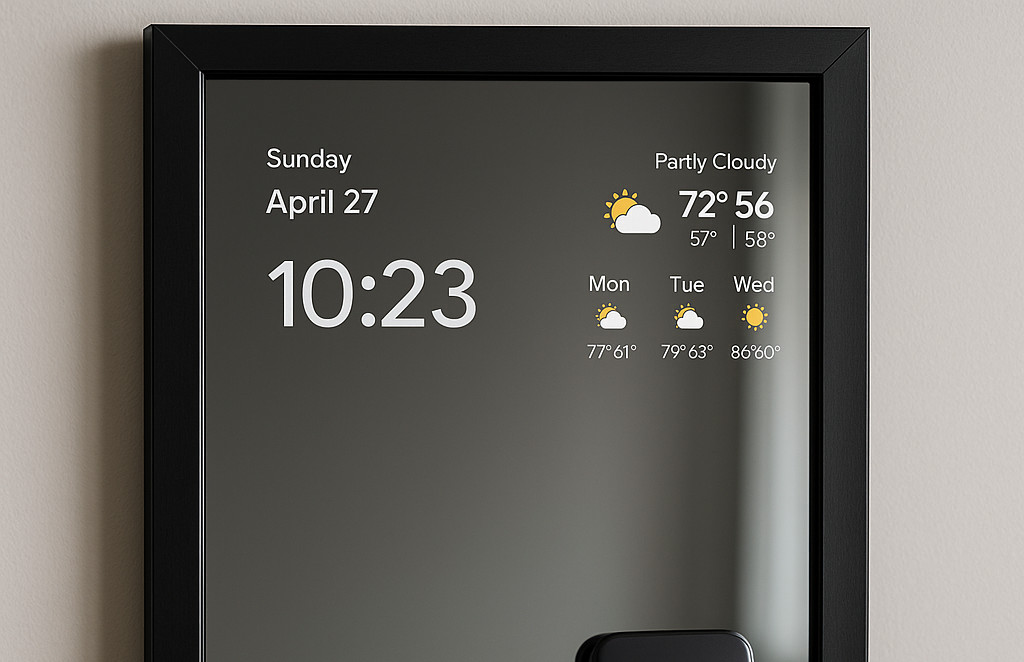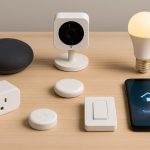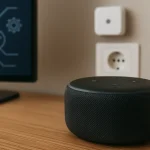In the era of connected homes and intelligent gadgets, one of the coolest and most satisfying DIY projects you can take on is building your own smart mirror. Not only is it a futuristic addition to any room, but it’s also surprisingly affordable and customizable. With just a few materials and a bit of tech tinkering, you can build a voice-activated smart mirror that displays real-time weather updates, the time, news headlines, your calendar events, and much more.
What Is a Smart Mirror?
A smart mirror is essentially a two-way mirror with a digital display behind it. When it’s off, it looks like a regular mirror, but when powered on, it can show a customizable digital interface with useful information and widgets. When integrated with voice assistants like Google Assistant or Amazon Alexa, it becomes an even more powerful hub of smart interactivity.
Materials You’ll Need
To keep the project under $100, we recommend sourcing affordable parts and using open-source software. Here’s what you’ll need:
- Raspberry Pi 3 or 4 (with microSD card and power supply)
- Old computer monitor or screen
- Two-way acrylic mirror or reflective window film
- Wood or frame for housing
- HDMI cable and connectors
- Keyboard and mouse (for setup only)
- Wi-Fi connection
Optional for voice control:
- USB microphone or microphone module
- Small speaker or Bluetooth speaker
Step-by-Step Guide
1. Set Up the Raspberry Pi
Install the latest version of Raspbian OS on your Raspberry Pi using the Raspberry Pi Imager. Connect your Pi to the monitor, keyboard, and mouse. Make sure it has internet access.
2. Install MagicMirror²
MagicMirror² is a popular open-source platform built specifically for smart mirrors. It runs on Node.js and has a wide range of modules.
To install it:
curl -sL https://deb.nodesource.com/setup_16.x | sudo -E bash -
sudo apt install -y nodejs
git clone https://github.com/MichMich/MagicMirror
cd MagicMirror
npm install
npm run startYou can configure modules such as:
- Clock
- Weather
- Calendar
- Newsfeed
- Compliments (fun messages that change during the day)
3. Build the Frame
Create or repurpose a wooden frame to house the monitor. Place the two-way acrylic mirror or reflective film over the monitor screen. Make sure everything is securely mounted and aligned.

4. Add Voice Activation (Optional)
To make your smart mirror voice-activated, integrate Google Assistant SDK or Amazon Alexa Voice Service. This may require some additional setup, but plenty of guides are available to walk you through the steps.
For Google Assistant, use the Google Assistant SDK.
For Alexa, refer to AVS Device SDK.
5. Final Touches
Mount your smart mirror on the wall or lean it on a dresser. Plug it in, and it should boot up to show your personalized dashboard. Tweak the module configurations by editing the config.js file in the MagicMirror directory.
Benefits of a Smart Mirror
- Always-On Information: Quickly check your schedule, the weather, and the news while getting ready in the morning.
- Hands-Free Assistance: With voice integration, you can get answers, play music, or control other smart devices.
- Customization: Choose what information is shown and how it’s displayed.
- Affordable and Fun: Building one costs a fraction of a commercial unit and is a satisfying tech DIY.
Pros and Cons
Pros:
- Inexpensive (especially if reusing parts)
- Fully customizable interface
- Integration with other IoT devices
- Impressively sleek and modern design
Cons:
- May require occasional troubleshooting
- Setup can be a bit technical for beginners
- Voice assistant integration takes extra steps
Final Thoughts
A DIY smart mirror is more than just a cool gadget—it’s a gateway project into the world of smart home technology and IoT. With a few simple components and some patience, you can build a mirror that not only reflects your appearance but also keeps you informed and connected.
Whether you’re a tech enthusiast, a maker, or just someone looking to spruce up your space on a budget, this project is an ideal weekend build. And the best part? It’s only the beginning. Once you start building smart devices yourself, the possibilities for customizing your home environment are endless.
- Smart Home Nightmares: Real Stories and How to Avoid Them
 Smart homes are designed to simplify life—but when things go wrong, they can become the stuff of nightmares. From doors locking residents out to cameras going rogue, real users have faced creepy, frustrating, and downright dangerous situations. In this article, we share some eye-opening stories and break down what went wrong—along with expert tips to…
Smart homes are designed to simplify life—but when things go wrong, they can become the stuff of nightmares. From doors locking residents out to cameras going rogue, real users have faced creepy, frustrating, and downright dangerous situations. In this article, we share some eye-opening stories and break down what went wrong—along with expert tips to… - Smart Home on a Budget: Top 7 smart home gadgets Under $50 That Actually Work
 You don’t need to spend a fortune to start building your smart home. With affordable technology becoming more accessible, it’s entirely possible to get high-quality smart devices without breaking the bank. In this guide, we’ve rounded up 7 smart home gadgets under $50 that deliver real value, functionality, and convenience. 1. Wyze Bulb ColorPrice: ~$15Category:…
You don’t need to spend a fortune to start building your smart home. With affordable technology becoming more accessible, it’s entirely possible to get high-quality smart devices without breaking the bank. In this guide, we’ve rounded up 7 smart home gadgets under $50 that deliver real value, functionality, and convenience. 1. Wyze Bulb ColorPrice: ~$15Category:… - Local AI in Smart Homes: What Happens When the Cloud Goes Down?
 In the age of cloud computing and always-connected devices, smart homes have become increasingly dependent on the internet. But what happens when your connection drops? That’s where local AI comes into play. This article explores the benefits, limitations, and future of local AI in smart homes systems—and why it might be the key to a…
In the age of cloud computing and always-connected devices, smart homes have become increasingly dependent on the internet. But what happens when your connection drops? That’s where local AI comes into play. This article explores the benefits, limitations, and future of local AI in smart homes systems—and why it might be the key to a… - Hidden Features of Your Smart TV You’re Probably Not Using — But Should
 Smart TVs have come a long way since their early days. While most people use them for Netflix, YouTube, and the occasional screen mirroring session, today’s smart TVs pack a wealth of features that often go unnoticed. These hidden gems can transform your entertainment experience, improve convenience, and even tighten your home security. In this…
Smart TVs have come a long way since their early days. While most people use them for Netflix, YouTube, and the occasional screen mirroring session, today’s smart TVs pack a wealth of features that often go unnoticed. These hidden gems can transform your entertainment experience, improve convenience, and even tighten your home security. In this… - Is My Smart TV Spying on Me? How to Protect Your Privacy
 Smart TV Privacy – In today’s connected homes, smart TVs are as common as coffee makers — but have you ever wondered if your smart TV is watching you back? It’s not just paranoia. With microphones, cameras, and internet connections, smart TVs can pose serious privacy risks if not properly managed. Let’s dive into what…
Smart TV Privacy – In today’s connected homes, smart TVs are as common as coffee makers — but have you ever wondered if your smart TV is watching you back? It’s not just paranoia. With microphones, cameras, and internet connections, smart TVs can pose serious privacy risks if not properly managed. Let’s dive into what…








